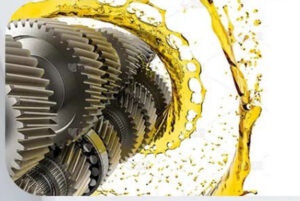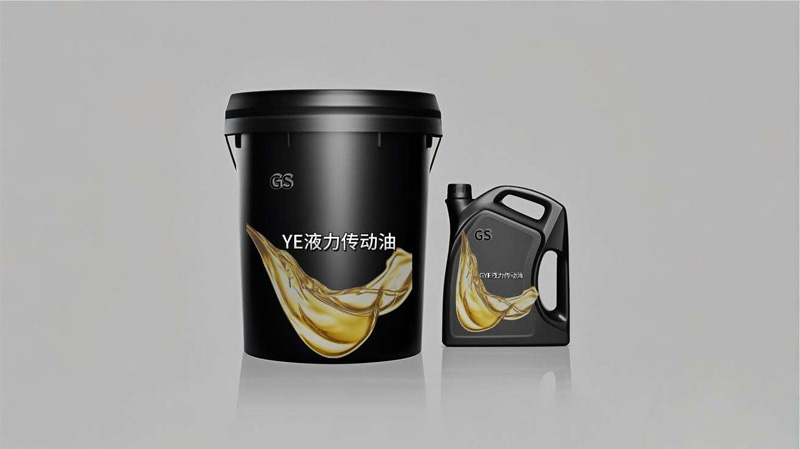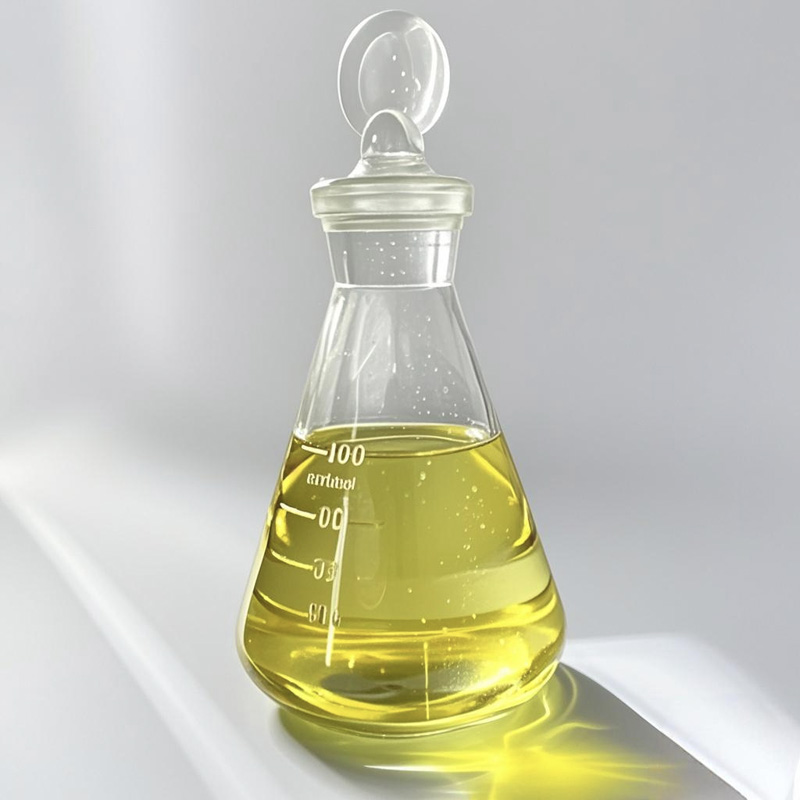Description
GS-YE hydraulic transmission oil is compounded with deeply refined mineral oil and multifunctional additives.
Function:
-Energy transmission: in hydraulic torque converter and other components, energy is transmitted through the kinetic energy of liquid, so as to realize smooth power transmission and gear shifting.
-Lubrication protection: provide lubrication for gears, bearings, clutches and other parts in the transmission to reduce wear and prolong service life.
-Heat dissipation and cooling: absorb the heat generated in the transmission process, and dissipate it through radiators and other devices to prevent the system from overheating.
-Hydraulic control: as the working medium of hydraulic control system, it transmits pressure, controls the actions of shift valves and other components, and realizes automatic shift.
Performance requirements:
-Appropriate viscosity: maintain appropriate viscosity at different temperatures to ensure good fluidity at low temperature and facilitate starting and shifting; Sufficient oil film strength can be maintained at high temperature to ensure transmission efficiency and lubrication performance.
-Good wear resistance: It contains anti-wear additives, which can effectively reduce the wear of parts, especially under the working conditions of high load and frequent gear shifting.
-Anti-oxidation stability: in the long-term high temperature and high pressure working environment, it has strong ability to resist oxidation deterioration, prevent the formation of sludge, paint film and other deposits, and maintain the stability of oil products.
-Anti-foaming property: it can quickly eliminate bubbles generated in oil, and avoid bubbles from affecting energy transfer and causing system failure.
Scope of application:
It is mainly used in various hydraulic transmission systems, such as automatic transmissions of automobiles, hydraulic torque converters of construction machinery and power shift transmissions. Different types of hydraulic transmission systems have different requirements for the performance of hydraulic transmission oil. For example, the automatic transmission of cars requires higher low-temperature fluidity and shifting performance of oil, while the hydraulic transmission system of construction machinery pays more attention to the wear resistance and bearing capacity of oil.





